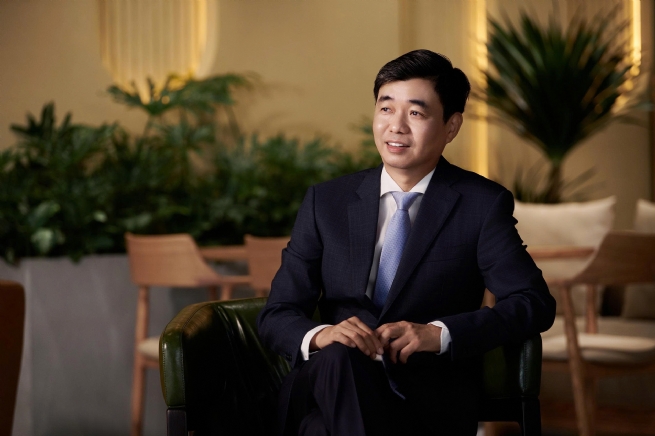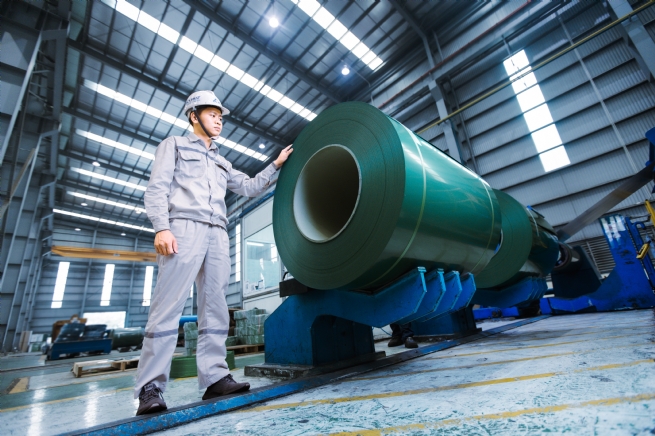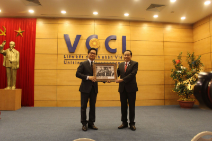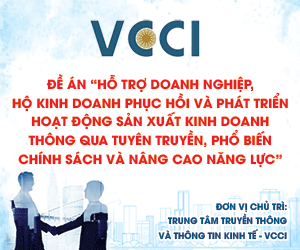Promoting Private Sector Involvement in Railway Supporting Industry
The North-South express railway project, with total investment in the tens of billions of USD, is more than just a “transportation project of the century”; it is also a test of Vietnamese enterprises’ ability to participate in major infrastructure.
In a conversation with our reporter, Mr. Nguyen Viet Thang, General Director of Hoa Phat Group, shared his reasons for taking the leap, the strategic decisions behind it, and his expectations for a breakthrough in the railway supporting industry.

Mr. Nguyen Viet Thang, General Director of Hoa Phat Group
Hoa Phat decided to invest in the North-South express railway even though the ordering mechanism has not yet been finalized. What was the basis for this early move?
For any project, we carefully calculate the market, costs, and efficiency. But with the high-speed railway, waiting until the Government issues a complete mechanism would mean missing the schedule. A rail steel production project takes at least 20-22 months before products are ready. Therefore, Hoa Phat has proactively invested now so that by 2026 we can supply.
More importantly, we believe in the Government’s consistent direction: developing the railway industry and encouraging private sector participation. This is not just rhetoric but a long-term policy. That is why Hoa Phat has accepted to move one step ahead. We are making decisive investments to deliver products in 2027, even though we do not yet have official orders.
What are your expectations for profit and efficiency from this project?
Normally, in major projects, our top priority is efficiency. But with the high-speed railway, Hoa Phat’s bigger goal is to help build Vietnam’s railway industry.
This is a strategic calculation. If we wait until the market is large before investing, the market will never materialize. Enterprises must pioneer. As the economy develops, demand for high-quality steel and advanced technology will expand, and sustainable profits will follow. In other words, we believe in the long-term future of the railway industry, not just short-term gains.
What are the biggest challenges in entering high-quality rail steel production, and what kind of support do you expect from the Government for private enterprises?
The first challenge is capital, since heavy industry requires resources of billions of USD. The second is the market, because high-tech steel production usually generates large volumes, while demand for specialized products like rail steel remains limited. Therefore, we must simultaneously develop the domestic market and aim at exports.
On the technical side, we are confident that our metallurgy technology is approaching international standards, capable of meeting Japanese, EU, or U.S. requirements; the key is selecting which standards to adopt consistently.
From the Government, we expect three things: ensuring fair competition in the domestic market; providing reasonable protection for key enterprises in the initial heavy investment phase; and giving clear guidance on priority industries so businesses can prepare accordingly.
I highly value the Government’s affirmation that the private sector is the most important component of the economy, but to make this a reality, a synchronized policy ecosystem is needed, from credit to ordering mechanisms.

Steel producer Hoa Phat Group aims to support the development of Vietnam’s railway industry
In your view, what opportunities will Hoa Phat’s participation in the high-speed railway create for the domestic supporting industries?
The key point is that, for the first time, Vietnam will have a domestic rail steel plant, instead of relying entirely on imports. This will secure supply, reduce costs, and shorten timelines.
But the impact will go beyond steel. The high-speed railway will generate huge demand for carriages, locomotives, signaling equipment, and telecom systems. Vietnam already has a foundation in carriage manufacturing but has not yet met high-speed requirements. If we seize this opportunity, domestic enterprises will be forced to upgrade technology and integrate more deeply into the value chain.
I believe this will be a significant push to establish a modern railway industrial ecosystem in Vietnam, similar to how we have become self-sufficient in airport construction. And Hoa Phat, with its strength in steel, will be one important piece of that larger picture.
Thank you very much!








